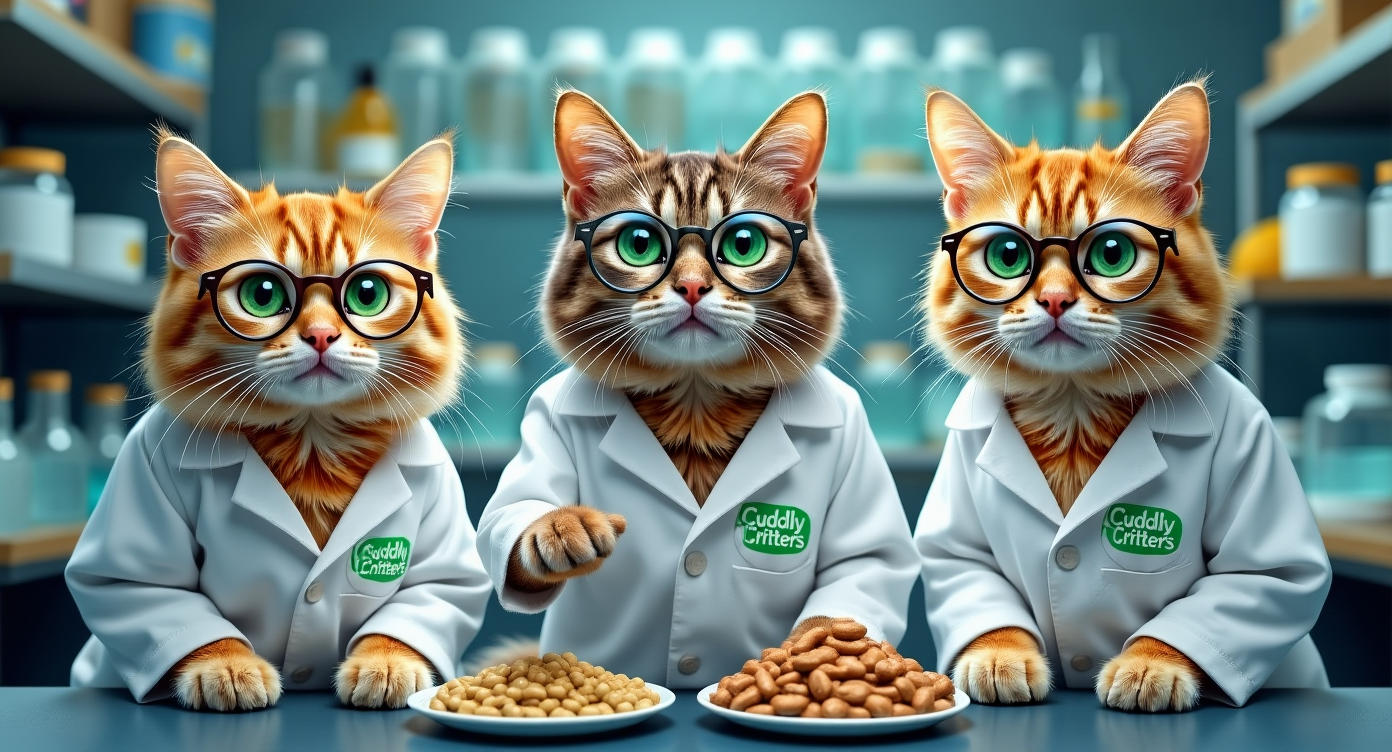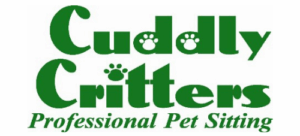
What a New Study Reveals About Risks for You and Your Furry Friends
As a pet owner, you want the best for your cat or dog—whether it’s cozy cuddles or nutritious meals. Raw diets, often referred to as BARF (bone and raw food), have gained popularity over the past three decades. Fans claim that they mimic what animals eat in the wild, resulting in better digestion, shinier coats, and stronger immune systems. However, a recent scientific study published in Communications Biology (a Nature journal) raises serious concerns about hidden dangers in raw pet foods. Let’s break it down simply so you can make informed choices for your pet’s health—and yours.
What the Study Examined
Researchers from Cornell University and other institutions tested 112 different commercial cat foods available in the U.S., including products found online and in large stores. They divided them into two main groups:
Raw foods (85 products): Freeze-dried treats, frozen raw meals, and similar items made from uncooked meat, bones, and organs.
Conventional foods (27 products): Canned, kibble, or refrigerated cooked options.
They employed advanced laboratory techniques to test for bacteria, parasites, and antibiotic-resistant genes—factors that make infections more difficult to treat. They also confirmed if the ingredients matched the labels.
Good news: Raw diets can satisfy nutritional needs.
The study notes that raw foods can provide bio-available nutrition—meaning your pet may absorb nutrients more effectively than from cooked kibble. Some pet owners report that their animals are happier and healthier on raw diets, and earlier research supports the notion that they can fulfill the basic metabolic needs of cats and dogs. If your pet has allergies or digestive issues, raw might seem appealing.
The Bad News: Increased Risks of Harmful Bugs and Resistance
Here’s where things become worrying. Raw foods contain much higher levels of potentially harmful microbes compared to cooked foods.
Greater Bacterial Diversity: Raw products contained a broader variety of bacteria, including harmful strains like Clostridium, Enterococcus, Pseudomonas, and Escherichia-Shigella (related to E. coli). These bacteria can cause infections in pets (such as diarrhea and vomiting) and can also spread to humans, especially children, the elderly, or those with weakened immune systems.
Antibiotic-Resistant Genes: Raw foods contained significantly more genes that make bacteria resistant to antibiotics—up to 815 different ones were detected. This suggests that if an infection occurs, it may be more difficult to treat. For example, genes that resist common drugs, such as beta-lactams, were prevalent in the raw samples.
Parasites: Some raw products tested positive for Toxoplasma gondii, a parasite that can cause toxoplasmosis and pose risks to pregnant women or cats. Other parasites, such as Echinococcus or Sarcocystis, were not detected; however, the study warns that consuming raw meat increases the risk of exposure.
Label Mismatches: Approximately 13% of products exhibited major ingredient discrepancies (for example, pork in a can labeled “chicken”). Raw, freeze-dried options showed the best matching rate (75%), but overall, this could impact allergies or dietary restrictions.
Cooked foods have fewer dangerous bacteria and resistance genes, making them safer from contamination.
Why This Matters for Pet Owners
Raw diets might seem “natural,” but they’re like handling raw chicken for dinner—full of risks if not done perfectly. The study points out:
Health Risks to Pets: Your cat or dog can contract diseases from pathogens, leading to costly veterinary bills or more serious health issues.
Risks to You and Your Family: These bugs can spread through the handling of food or pet waste (e.g., Salmonella outbreaks linked to raw pet food have caused illness in the past). Kids and seniors are the most vulnerable.
One Health Perspective: It’s not just about your household—the spread of antibiotic-resistant super-bugs impacts everyone, including human medicine.
The researchers aren’t saying “never feed raw”—but they emphasize the need for better education on safe handling (e.g., freezing meat properly, washing hands/tools) and more regulation to test raw products for contaminants.
What Can You Do?
Consult Your Vet: Before changing your pet’s diet, seek personalized advice—especially if your pet has health concerns.
Safe Handling Tips: If you go raw, freeze meat for at least 3 days to kill parasites. Use separate tools, and wash everything thoroughly. Avoid raw for vulnerable pets or homes.
Alternatives: If you find raw appealing but are concerned, try gently cooked or high-quality kibble with fresh add-ins.
Check Labels: Look for products that have been tested for pathogens and verify that the ingredients match what you expect.
This study, involving Cornell vets and food scientists, serves as a wake-up call: Raw diets offer benefits, but the risks—particularly germs and resistance—are genuine. For pet owners in places like Greenville, SC, where local services like Cuddly Critters prioritize pet health, finding the right balance between nutrition and safety is essential. If you’re feeding raw and notice problems, consult a professional immediately.
Source: This article is based on the study “Microbial and antimicrobial resistance profiles of microbiota from commercial cat food products” published in Communications Biology (Nature, 2025). Always consult your vet for diet advice.







